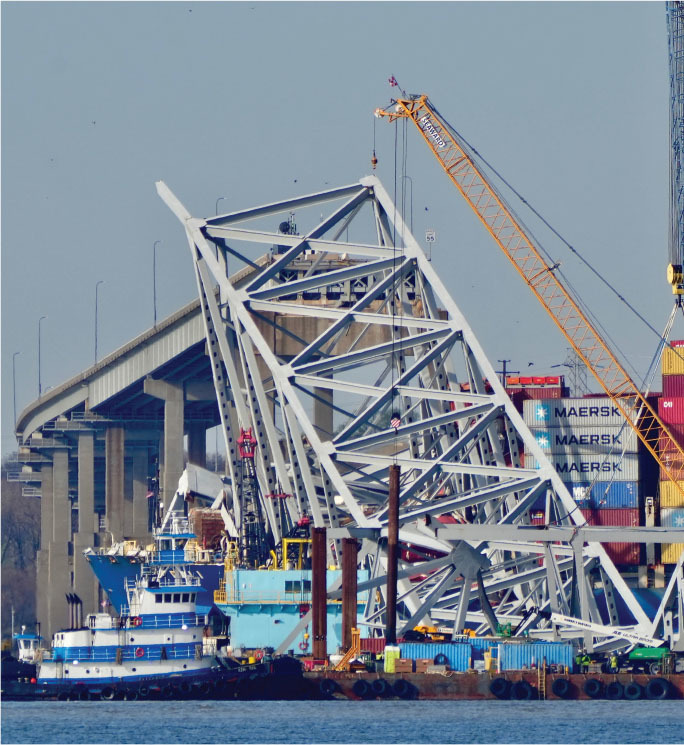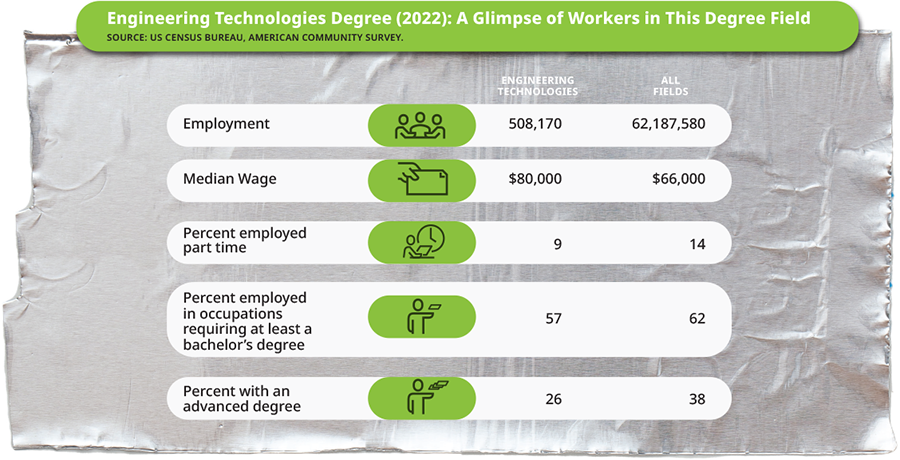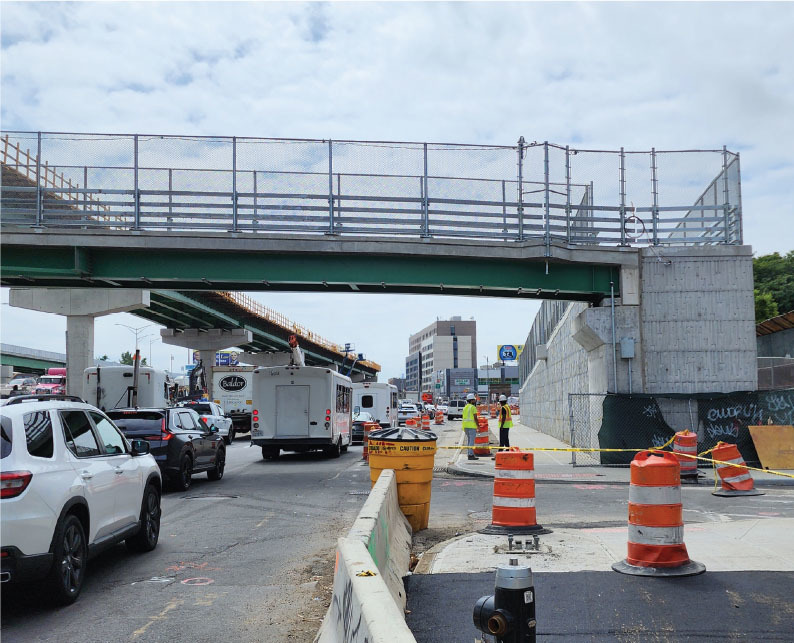March/April 2017
PE Report
After Governor’s Veto, NYSSPE Remains Committed to Parking Garage Inspections
When the state legislature passed a bill to require licensed professional engineers to conduct routine inspections of parking garages, the New York State Society of Professional Engineers believed that it was a step forward in protecting the public. However, a veto of the legislation by Governor Andrew Cuomo in December—citing technical deficiencies—isn’t stopping NYSSPE’s efforts to get PEs involved in the inspections process.
There has been a growing concern about structural and deterioration issues with parking structures since July 2015, when a parking garage owned by the United Health Services of Wilson Medical Center in Johnson City collapsed due to a structural failure. There were no injuries or fatalities, but vehicles were destroyed in the incident. In November 2015, the City of Binghamton closed a five-level garage in the downtown area due to severe deterioration.
In early 2016, NYSSPE worked with lawmakers to model a bill after the state’s bridge inspection laws, which require assessments by a licensed engineer. The legislation would have required inspection of parking structures, both public and private, at least once every five years by a licensed engineer. It also would have required immediate inspections when there are known structural deficiencies and if the integrity of a structure had been compromised by a storm, flood, collision, accident, or other natural or manmade event.
Since the governor’s veto was accompanied with a recommendation that the New York State Code Council continue to review the inspections issue, NYSSPE sent a letter to the council in January to offer its expertise. The letter states that garages, like other man-made structures, deteriorate over time and are subject to geological and other environmental forces that can undermine structural integrity. NYSSPE emphasized that the current approach to inspections, which requires local building officials to periodically review parking structures for fire safety and general upkeep, is inadequate.


 Volunteering at NSPE is a great opportunity to grow your professional network and connect with other leaders in the field.
Volunteering at NSPE is a great opportunity to grow your professional network and connect with other leaders in the field. The National Society of Professional Engineers (NSPE) encourages you to explore the resources to cast your vote on election day:
The National Society of Professional Engineers (NSPE) encourages you to explore the resources to cast your vote on election day:










